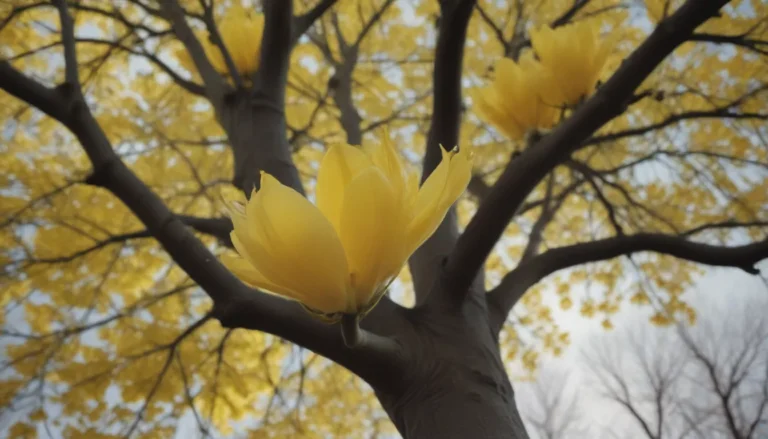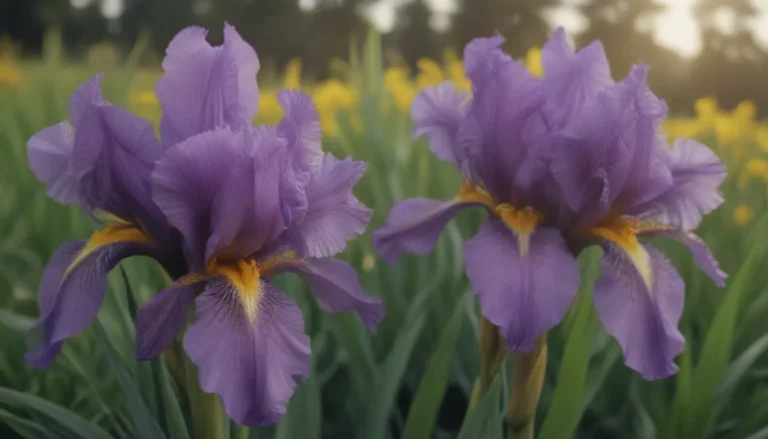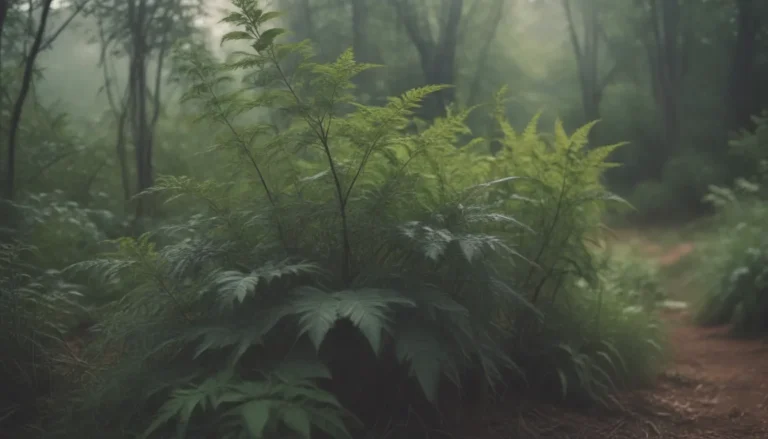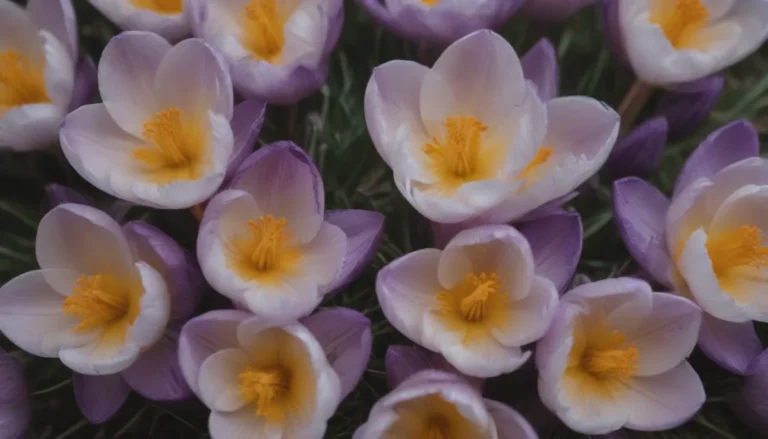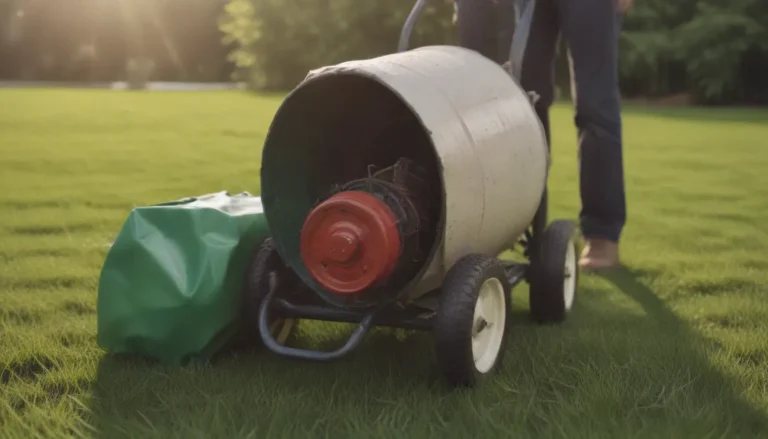The Ultimate Guide to Magnolia Trees and Shrubs
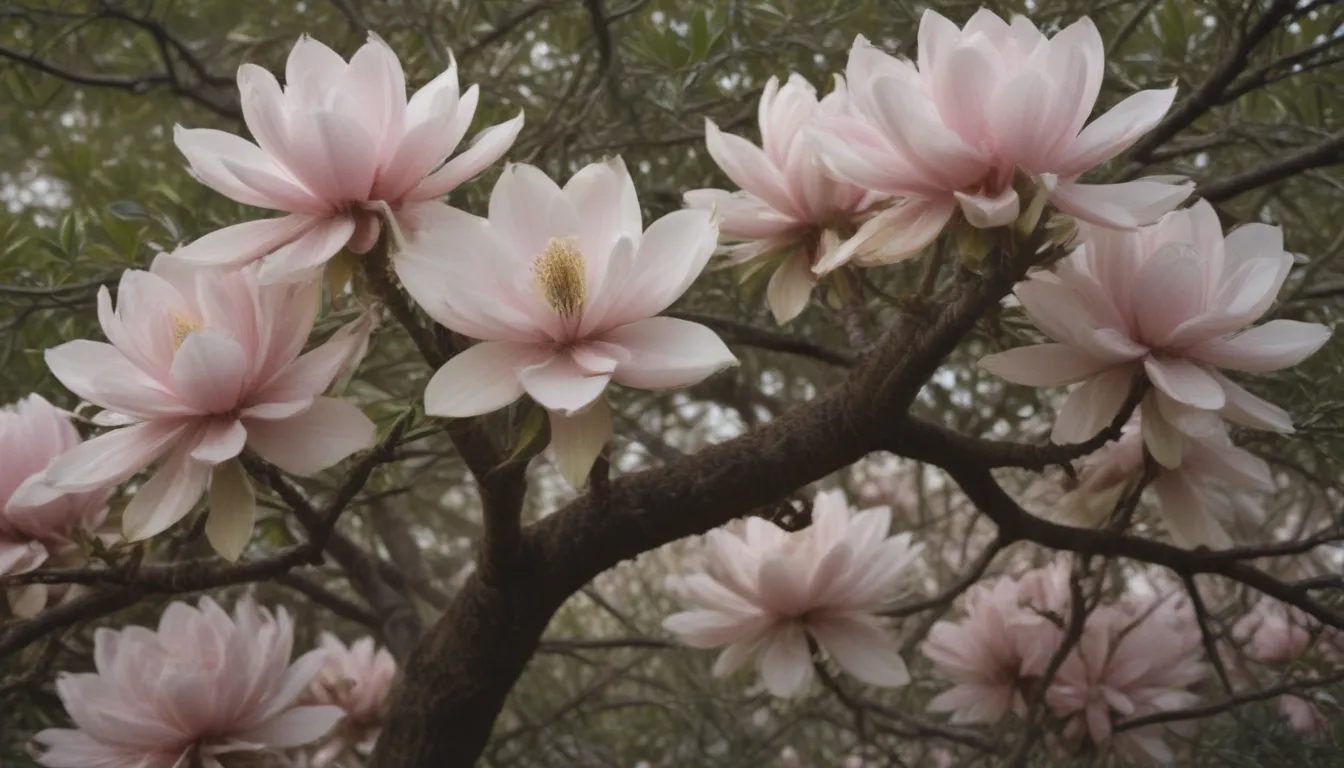
Are you a fan of the charming and beautiful magnolia trees and shrubs? These iconic plants have long been admired for their stunning flowers and unique foliage. In this comprehensive guide, we will explore the different types of magnolia trees and shrubs, as well as provide valuable tips on how to care for them. Get ready to dive into the fascinating world of magnolias!
Discovering the Beauty of Magnolia Trees
Magnolia trees have long been associated with the South, but did you know that there are many species of magnolias that can thrive in colder climates as well? From multi-stemmed shrubby plants to towering upright trees, magnolias come in a wide range of shapes and sizes, making them a versatile and beloved addition to any garden.
One of the most striking features of magnolia trees is their large, leathery leaves and showy white or pink flowers that often bloom before the leaves even emerge. These flowering magnolias are known for their fragrant blooms, adding a delightful aroma to any garden. Depending on the species and environmental conditions, magnolia trees can be evergreen or deciduous, making them a great choice for a variety of landscapes.
While magnolia trees are not known for their fast growth, their beauty and resilience make them well worth the wait. With a little patience and care, you can enjoy the beauty of magnolia trees for years to come.
Essential Tips for Caring for Magnolia Trees
Magnolias are not only beautiful but also relatively easy to grow. These flowering trees and shrubs are unique in their tolerance for shady conditions, making them a versatile choice for a variety of garden settings. If you’re considering planting a magnolia tree in your yard, here are some essential tips to keep in mind:
- Magnolia trees thrive in well-drained soil and do not do well in boggy or waterlogged conditions.
- Consider amending your soil with peat moss if it is neutral or alkaline to create the acidic conditions that magnolias prefer.
- Spring feeding with slow-release fertilizer can help your magnolia tree flourish.
- Regular pruning to remove diseased or damaged branches can help prevent fungal diseases.
- Provide ample air circulation around the tree to prevent fungal problems.
- Magnolia trees typically bloom from late March to July depending on the species.
By following these simple tips, you can ensure that your magnolia tree thrives and continues to beautify your garden for years to come.
The 12 Most Popular Types of Magnolia Trees and Shrubs
Magnolia trees come in a wide variety of species, each with its own unique characteristics and growing requirements. Here are 12 popular types of magnolia trees and shrubs to help you identify the perfect addition to your garden:
Anise Magnolia (Magnolia salicifolia)
- Native Area:
- USDA Hardiness Zones:
- Height:
- Sun Exposure:
Bigleaf Magnolia (Magnolia macrophylla)
- Native Area:
- USDA Hardiness Zones:
- Height:
- Sun Exposure:
Ashe’s Magnolia (Magnolia ashei)
- Native Area:
- USDA Hardiness Zones:
- Height:
- Sun Exposure:
Cucumber Tree (Magnolia acuminata)
- Native Area:
- USDA Hardiness Zones:
- Height:
- Sun Exposure:
Lily Magnolia (Magnolia liliiflora)
- Native Area:
- USDA Hardiness Zones:
- Height:
- Sun Exposure:
Kobus Magnolia (Magnolia kubos)
- Native Area:
- USDA Hardiness Zones:
- Height:
- Sun Exposure:
Loebner Magnolia (Magnolia × loebneri)
- Native Area:
- USDA Hardiness Zones:
- Height:
- Sun Exposure:
Saucer Magnolia (Magnolia x soulangiana)
- Native Area:
- USDA Hardiness Zones:
- Height:
- Sun Exposure:
Southern Magnolia (Magnolia grandiflora)
- Native Area:
- USDA Hardiness Zones:
- Height:
- Sun Exposure:
Star Magnolia (Magnolia stellata)
- Native Area:
- USDA Hardiness Zones:
- Height:
- Sun Exposure:
Sweetbay Magnolia (Magnolia virginiana)
- Native Area:
- USDA Hardiness Zones:
- Height:
- Sun Exposure:
Umbrella Magnolia (Magnolia tripetala)
- Native Area:
- USDA Hardiness Zones:
- Height:
- Sun Exposure:
Each type of magnolia tree has its own unique characteristics and growing requirements, so be sure to choose the right species for your garden based on your climate and landscape needs.
Magnolia Trees: A Delightful Addition to Any Landscape
Magnolia trees and shrubs are a beloved addition to any garden, known for their stunning flowers, unique foliage, and easy care requirements. Whether you’re looking for a towering tree to provide shade and beauty to your landscape or a compact shrub to brighten up a corner of your garden, magnolias offer a wide range of options to suit your needs.
By following the tips outlined in this guide and choosing the right type of magnolia tree for your garden, you can enjoy the beauty and charm of magnolias for years to come. So why not add a touch of Southern elegance to your landscape with a beautiful magnolia tree today?
Whether you’re a seasoned gardener or a novice plant enthusiast, magnolia trees are sure to delight and inspire you with their timeless beauty and unique charm. So go ahead, plant a magnolia tree in your garden and enjoy the beauty and serenity that these iconic plants bring to any landscape.
